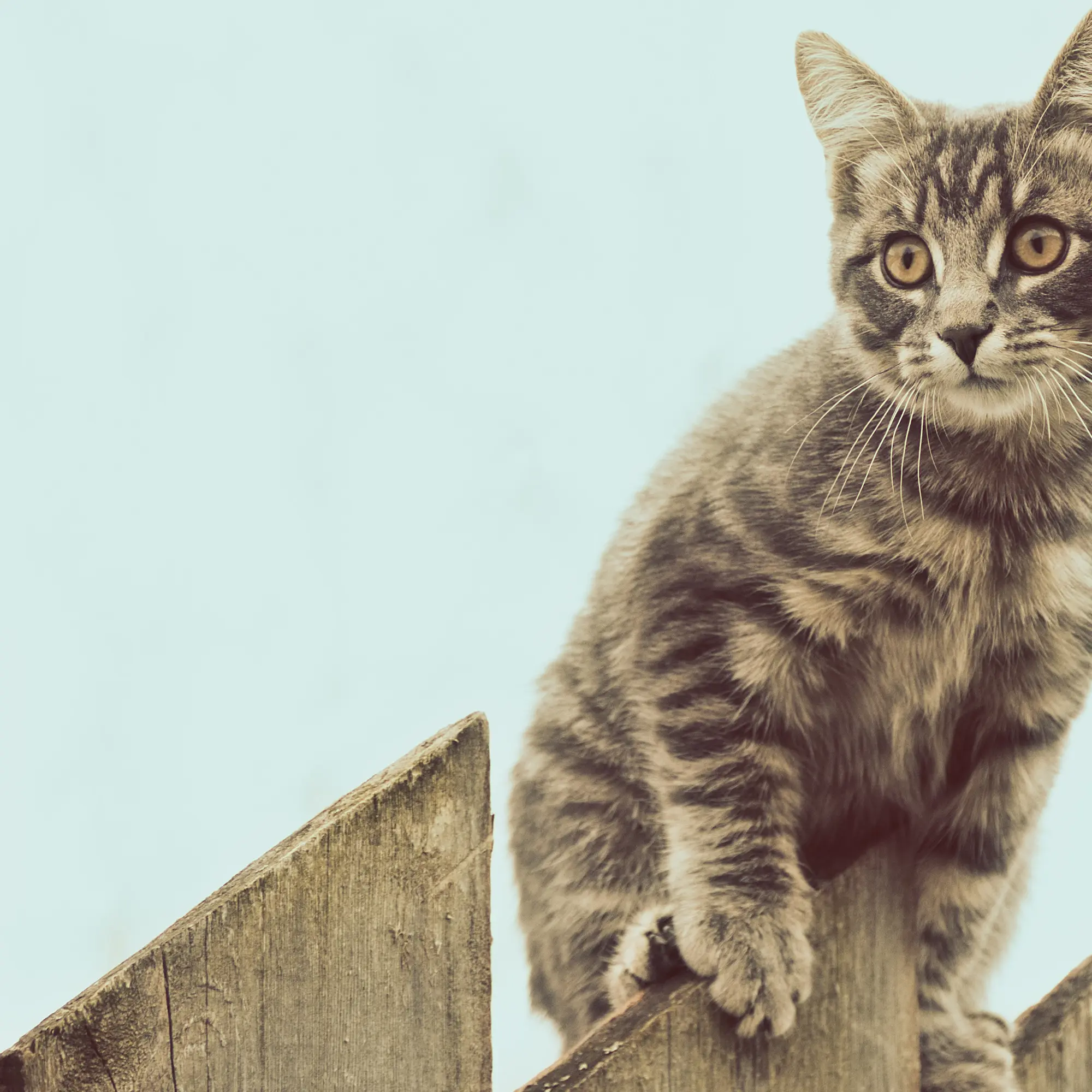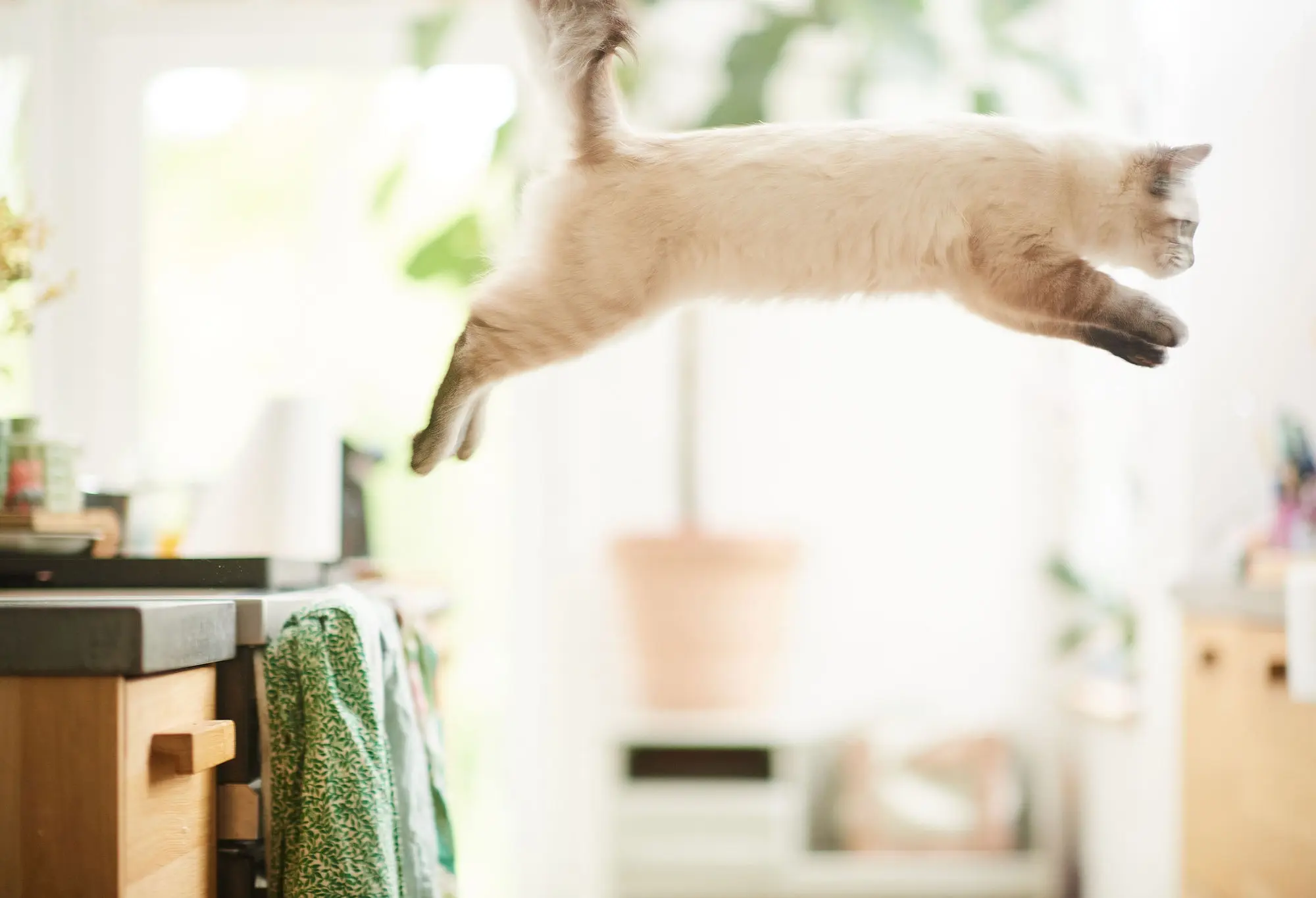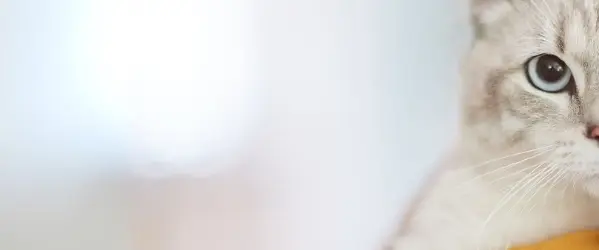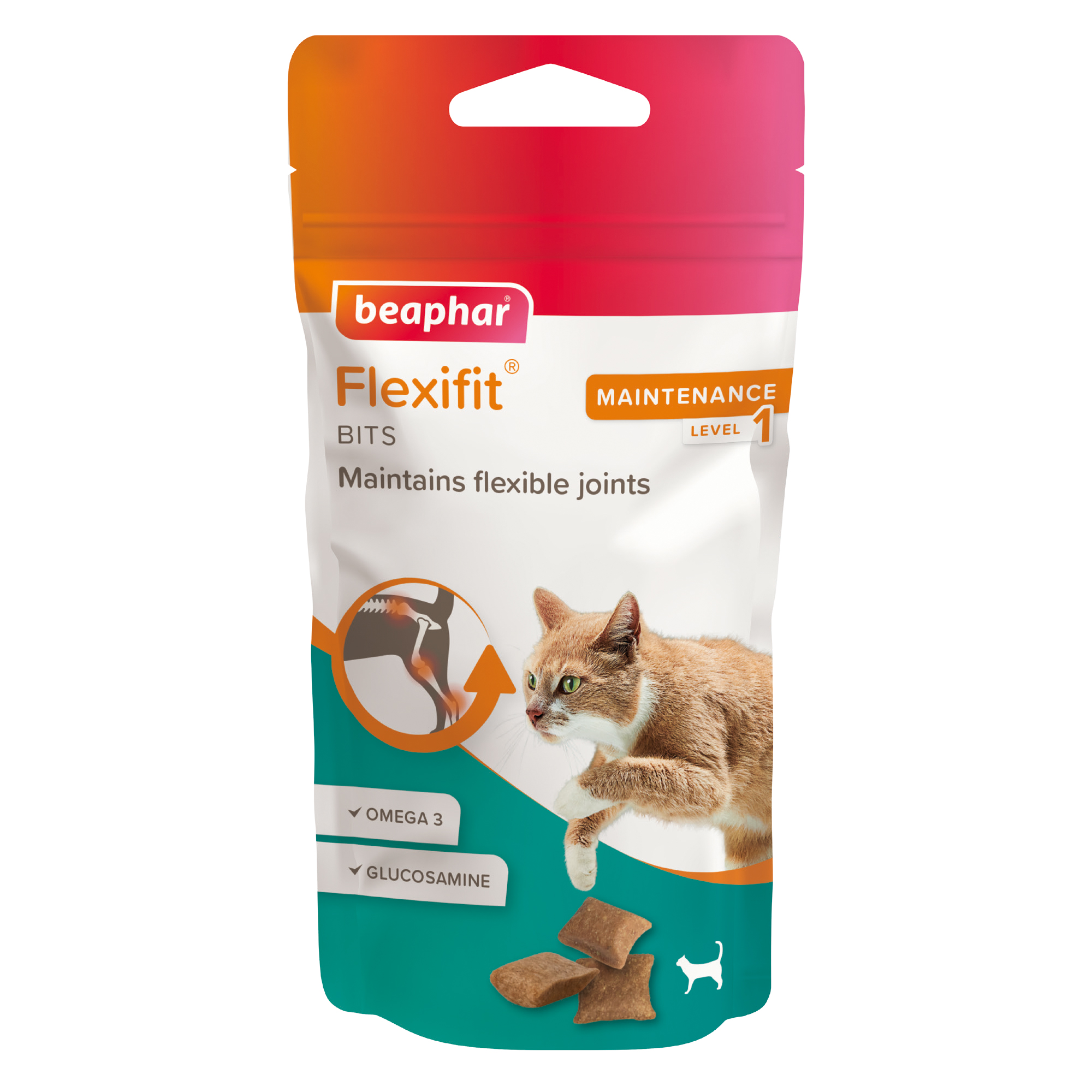Feline flexibility: how to support your cat’s joint health for life
Cats are well known for their nimbleness and agility. From effortlessly leaping to great heights, to squeezing into tiny spaces or teetering on the top of the neighbour’s six foot fence, their joint health is crucial for these feats. If you are wondering what you can do to keep your feline friend’s joints in good working order, we’ve got you covered. Wondering how much exercise is best for supporting cat joint health? Or maybe you’re thinking a cat joint supplement would be beneficial?
Just like us humans, cats can suffer from joint issues, particularly as they age. Conditions like arthritis for example are surprisingly common. In fact, in one study 90 percent of cats over the age of 12 had signs of arthritis on x-ray.1 So as a caring pet parent, what can you do to reduce the risk of your pet being affected? Here are our top tips for supporting your cat’s joint health.
1. Keep your cat at a healthy weight
Being overweight or obese is a significant risk factor for developing joint problems in most species, and that includes cats. Keeping your cat at a healthy weight is one of the most important things you can do. And it won’t just benefit your cat’s joint health but their general health too. Staying slim reduces the risk of many conditions including diabetes, heart disease and cancer. Being cuddly may look cute but it won’t benefit your cat’s health in the long term.
2. Provide regular exercise

Whether your feline friend likes the great outdoors or is more of a couch kitty, ensuring they get regular exercise helps keep them lean, keen and ready for their next adventure. Just like big cats in the wild, our family felines thrive on short bursts of activity followed by periods of rest. If your cat is already fit and active they won’t need much encouragement to flex those feline muscles and get running, jumping, pouncing and channelling their inner tiger.
However, if your cat needs a bit more encouragement why not try:
- Interactive toys: use feather wands, balls or motorised toys to stimulate their hunting instincts
- Climbing: provide cat trees that allow for climbing and jumping
- Puzzle feeders: make your cat work for their treats, promoting physical activity and mental stimulation.
3. Consider a cat joint supplement
When it comes to joint care for cats, it is never too early to start supporting your feline friend’s joint health. When your pet is young, they are likely to be very energetic, exploring the neighbourhood, patrolling their territory and all in all having lots of feline fun. Bear in mind though that their joints are still developing and alongside a balanced diet, cat joint supplements can help safeguard joint health as they grow.
Flexifit® Bits contain glucosamine, omega 3 and vitamin C, helping to support and maintain joint flexibility so your cat can continue enjoying an active life for many years to come.
- Glucosamine: a building block of cartilage
- Omega 3: natural anti-inflammatory action
- Vitamin C: anti-oxidant and important for healthy collagen
4. Create a joint-friendly home environment
You may not need to think about making your home more accessible until your cat is in their senior years, but it is still worth considering:
- Soft bedding: provide comfortable, supportive bedding in easily accessible locations
- Easy access: use pet stairs or ramps to help your cat reach their favourite spots without jumping
- Litter box adjustments: ensure the litter box has low sides for easier access
By incorporating these strategies and starting a cat joint supplement, you can support your cat’s joint health and help to prevent cat joint problems, ensuring they maintain their agility and enjoyment of life well into their senior years. Here’s to many more years of pouncing, leaping and living their best cat life.
References
- Loder, R.T. & Todhunter, R.J. (2018) Demographics of hip dysplasia in the Maine Coon cat. J Feline Med Surg. 20(4):302-307

Help keep your pet active and comfortable: The Beaphar Joints Hub features our detailed guide to joint issue prevention and treatment.




